Recently a Vietnamese influencer went viral for posting her body transformation from 2016 to 2018.
People usually share their weight-loss progress when they do body transformation posts. However, Trang Thị Thuỳ Nguyễn actually gained weight. She added 10kg onto her previously petite frame in order to reach her fitness goals.
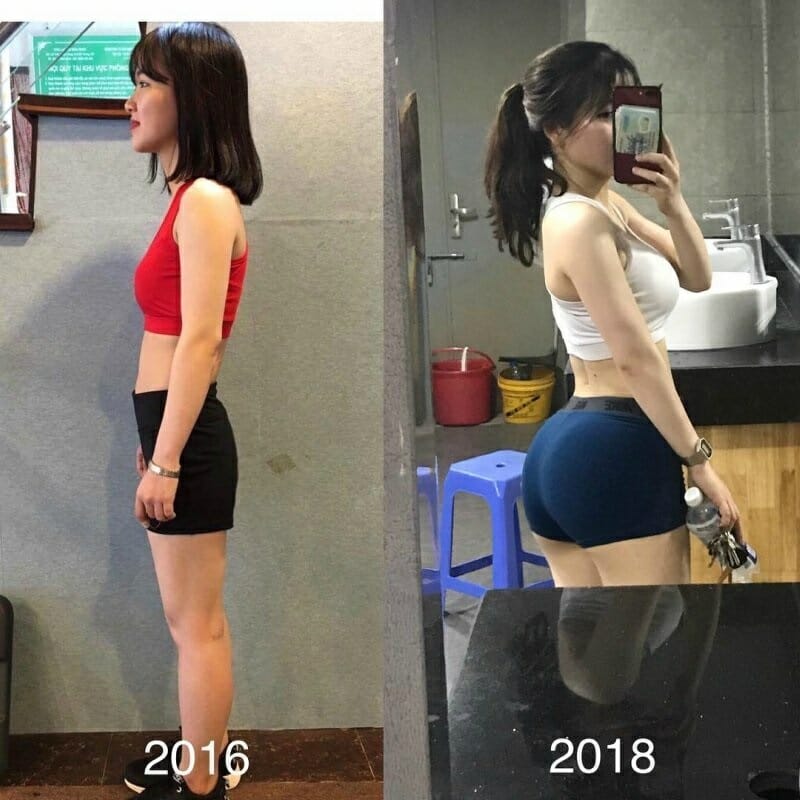
[source: nextshark]
The comments she received were mixed but generally positive.
Called a ‘reverse’ body transformation, Trang ditched her previously waif-like figure for a fuller, more muscular physique.
She now flaunts her fuller figure on her social networking accounts, a physique which was built by adhering to a disciplined gym routine… and presumably increasing her food intake.
Trang’s transformation comes in the wake of the outrage sparked by Malaysian model Cathryn Li, who angered netizens with her Instagram post stating that “M = Fat” and “anything above an M is sinful as obesity”.
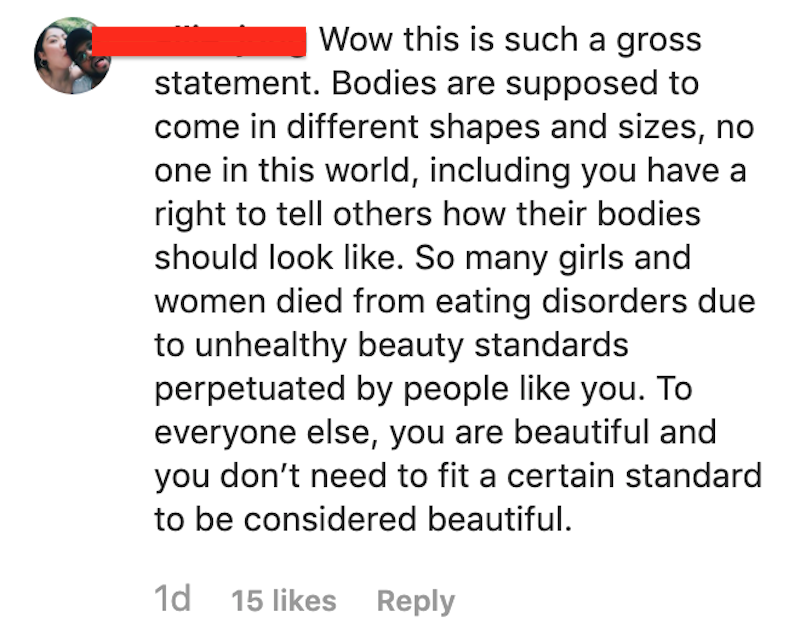
Fans of Trang’s current look are describing it as ‘thicc’, a term Dictionary.com defines as “full-figured body, specifically a big butt and curvy waist”.
This thicc trend – are the days of the skinny model numbered?
Female beauty standards have evolved many times throughout history.

[source:scienceofpeople]
My grandmother grew up in an era when the desired female form was an ample one. Personified by Marilyn Monroe who had a famously hourglass figure, droves of women tried to emulate the wasp-like proportions of a small, nipped-in waist between curvy hips and full bust.
In contrast, my mother was a teenager in the sixties, and for most of her life would express a strong preference for the pre-pubescent, willowy form popularised by Twiggy.

[source:scienceofpeople]
Kate Moss’s fragile, ‘heroin chic’ figure had lasting implications for the fashion industry. The ideal figure dwindled from the health-conscious ‘skinny fit’ of the 80s to the emaciated aesthetic of the 90s and early 2000s.
By mid to late 2000s, models were dying of anorexia nervosa – an eating disorder that became increasingly wide-spread even as the standards of female beauty put pressure on women to shed even more kilos.
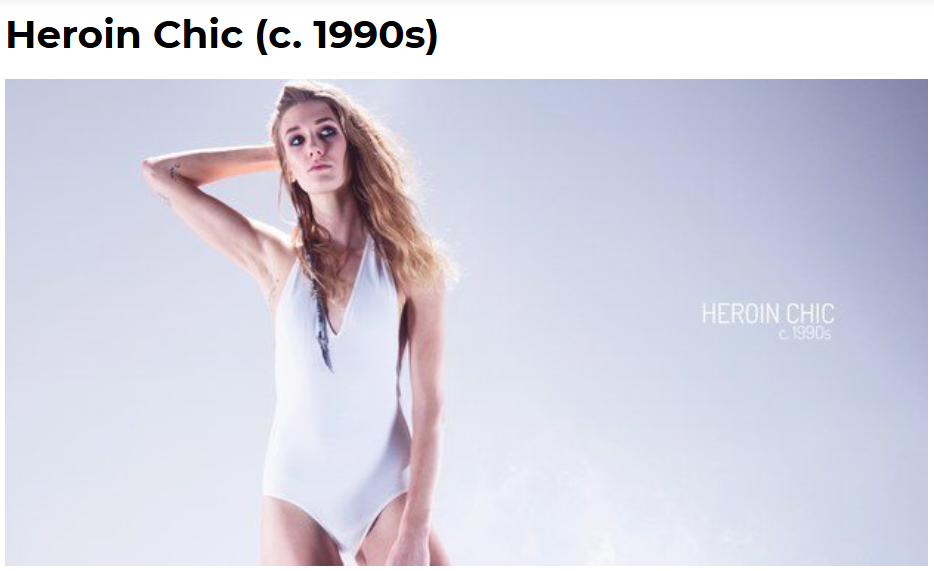
[source:scienceofpeople]
As we approach 2020, with female empowerment and celebration of diversity, there has been more and more acceptance for the fuller-figured woman, with more and more women seeking to build ‘strong curves’ in the gym.
However, here in Asia, there is still an enormous emphasis on being thin – curves were often taken as a signifier of an indolent personality.
“There are no ugly women, only lazy ones.”
Women who do not fit the stereotype of the trim, petite Asian woman are considered women who are too lazy to take the measures to be rid of the excess pounds.
Ever-changing beauty standards aside, we also have to contend with contradictory cultural norms and expectations.
Even for the average Malaysian woman, there is so much pressure to conform to arbitrary standards of beauty.
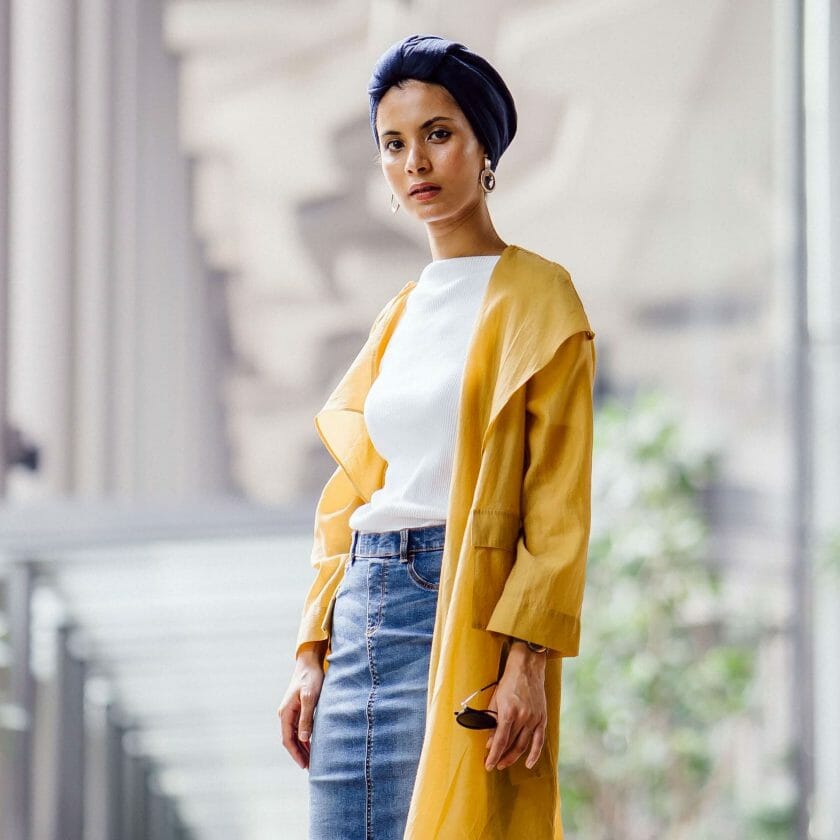
[source: Youtube]
Depending on who you ask, one man’s “too thicc” is another man’s “too skinny”, and in severe cases of Body Dysmorphic Disorder, perhaps there’s never a “skinny enough”.
I was once like that.
My mother has always been terrified of gaining too much weight.
After treatment for a growth in her neck, the resulting weight-gain from medication led to her being mercilessly bullied by her classmates.
The waif-like Twiggy was in fashion then, and while my mother was never truly overweight, she did not conform to the beauty standards of the day.
Traumatised by being alienated that way, she always told us we should strive never to get fat ourselves.
However, when I hit puberty, I had inherited my mother’s curves, and my blossoming figure didn’t look anything like Kate Moss’s.
That was when I started starving myself. I was terrified of ever being any heavier than 46kg. At the time ever weighing 50kg was unthinkable.
I’m 5’6” (168cm).
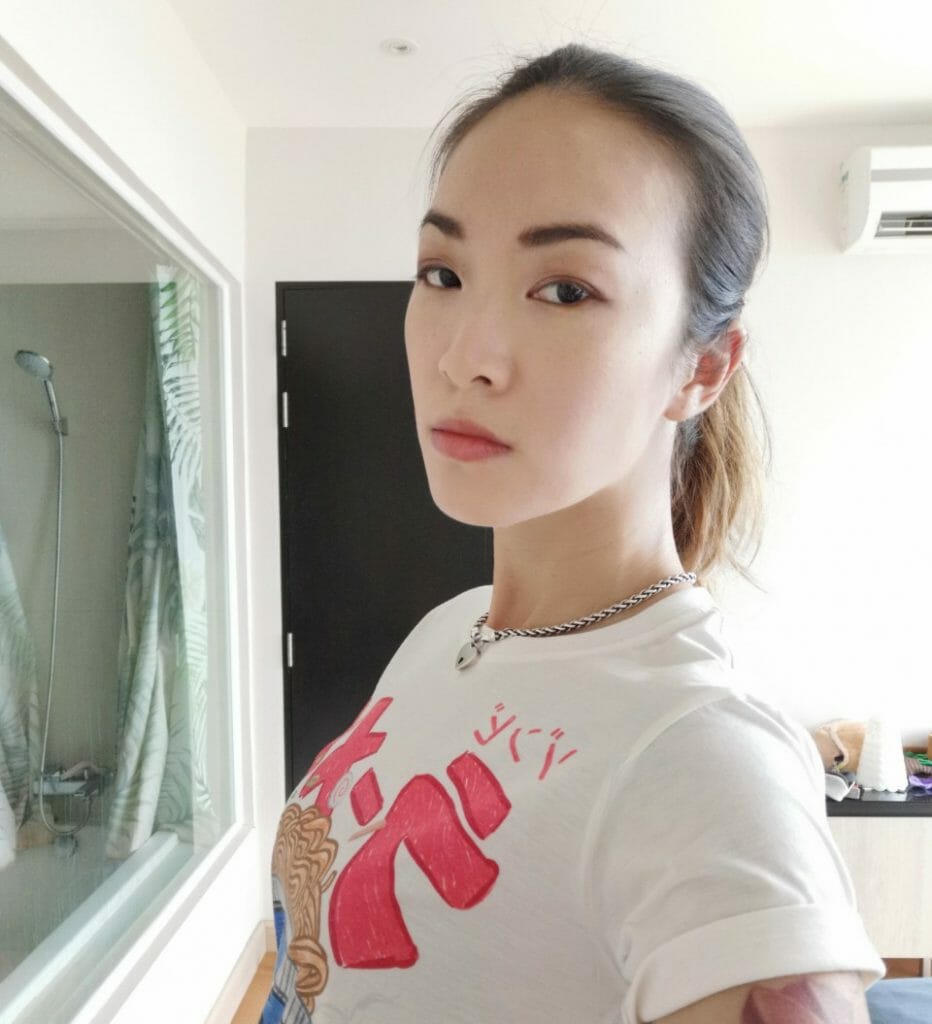
[The writer at a normal weight]
I went as low as 43kg before I realised I had a problem. On a break from university, I went back to my hometown. My cousin told me his friend was terrified at how skeletal I had become.
I brushed off that remark, until a friend posted a picture of me on his blog.
Up till then what I saw in the mirror was always disappointingly chubby. However, that photo was taken from the side, and my arms looked like emaciated twigs sticking out of my sleeves.
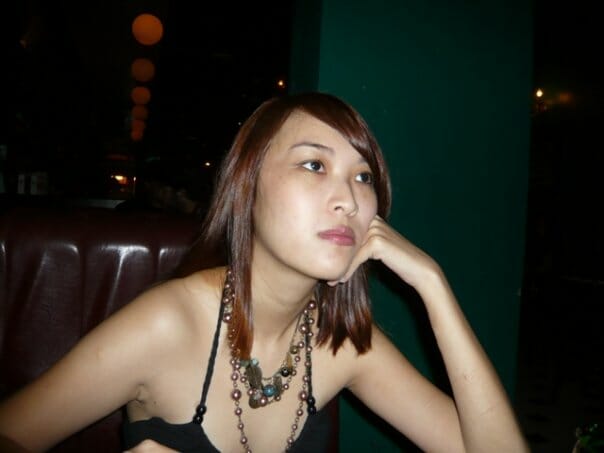
[The writer when at 43 kg]
Horrified, and sick of starving, I began eating indiscriminately. Unwilling to ever be deprived of food again, and struggling with anxiety and depression, I ate as a way to comfort myself.
Unsurprisingly, I ballooned to 57kg, before starving myself back down to a sub-50kg weight again.
This cycle of starve-binge-starve went on for years. And I eventually got fed up with always feeling bad about how I looked.
That was when I knew I had to make a change.
To read more about how I got over this cycle, read Why Changing My Weight Didn’t Fix My Self-Esteem – Loving Myself Did. (Part 2)

You might also like
More from Real Mental Health
“I Was Scared of Waking Up in Handcuffs,” shares Depressed M’sian on Repealed Law
In 2023, Malaysia repealed Section 309, a colonial-era law that made suicide attempts a crime. The change marked a shift …
‘Everyone Saw A Successful Student While I Was Crumbling,’ Shares 22 Year Old Student
This is a story of a 22 year old woman who shared her story as a Straight A’s student as …
5 Harmful Mental Health Myths Malaysians Still Believe
Let’s break down five of the most common myths Malaysians still believe, and why it’s time to let them go.


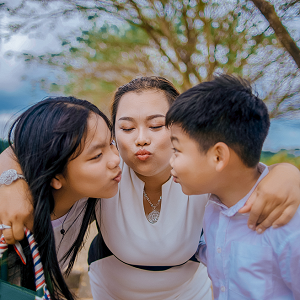



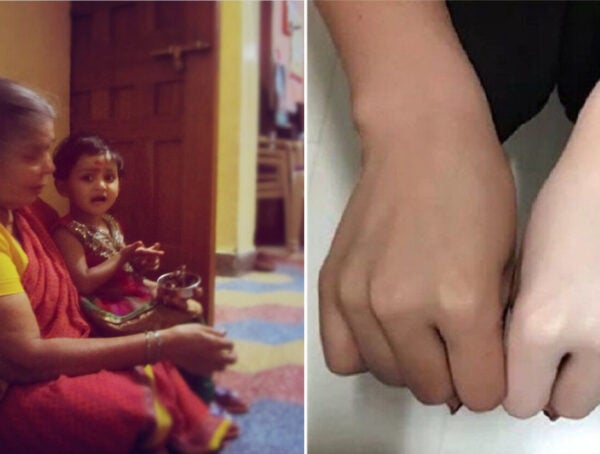











Fatphobia in Malaysia: Fat People Reveal 6 Big Struggles They Face